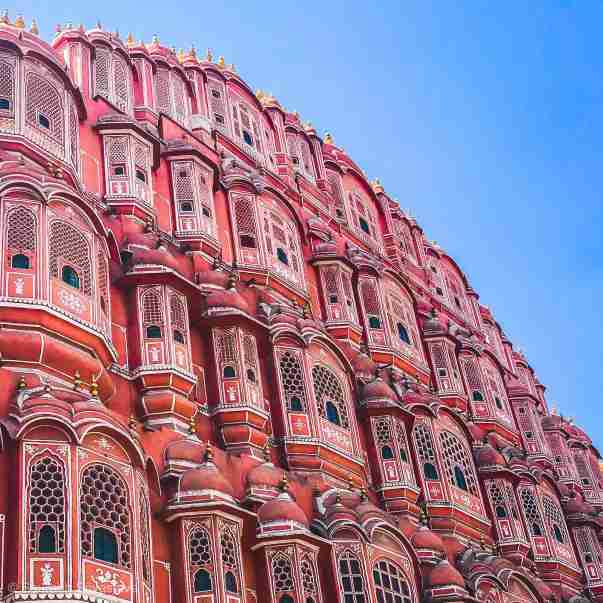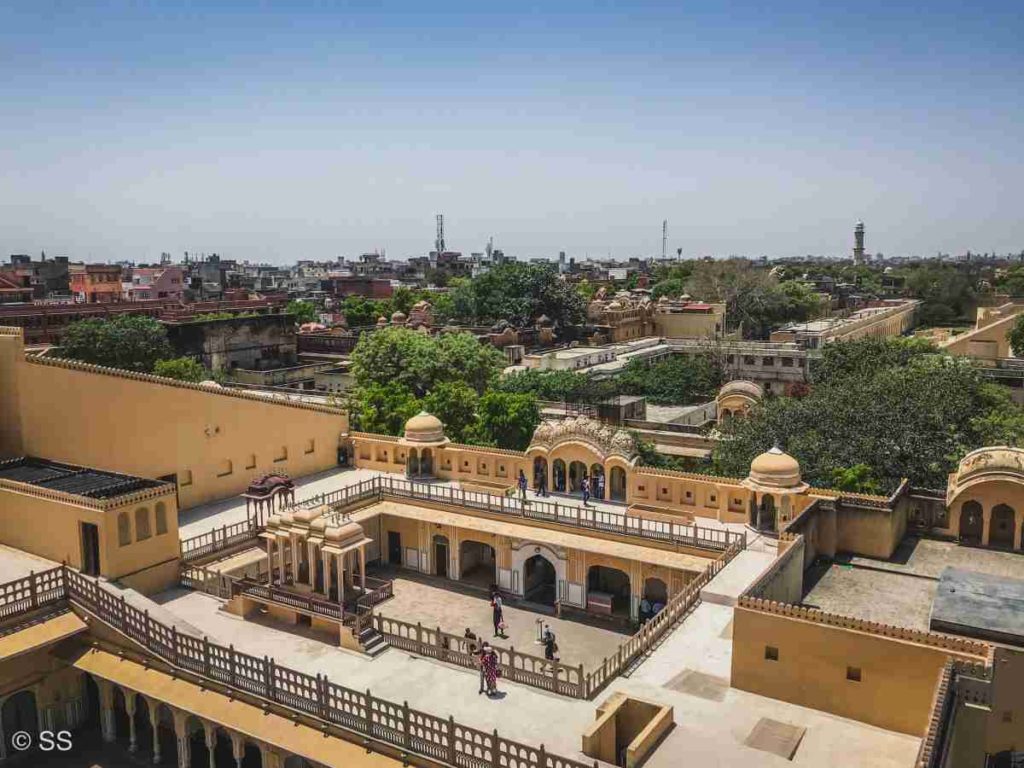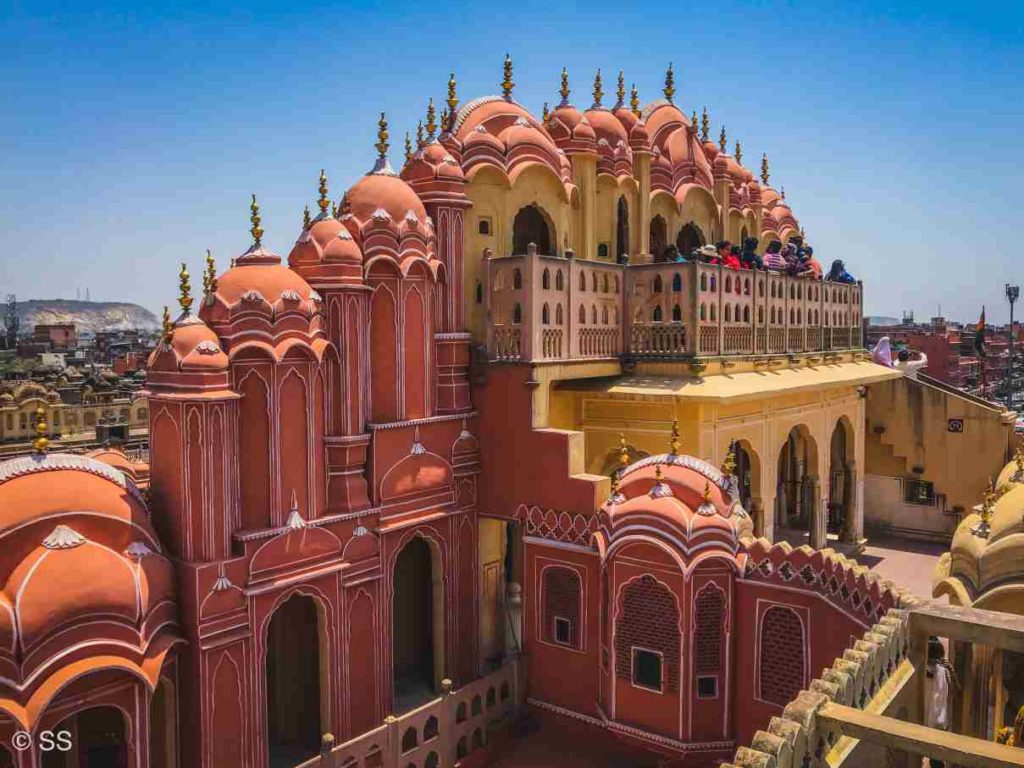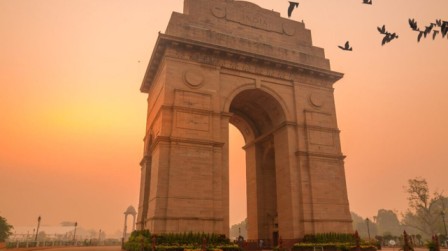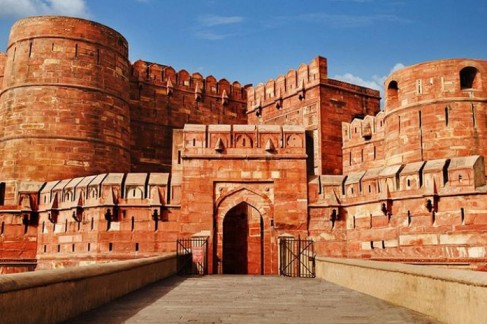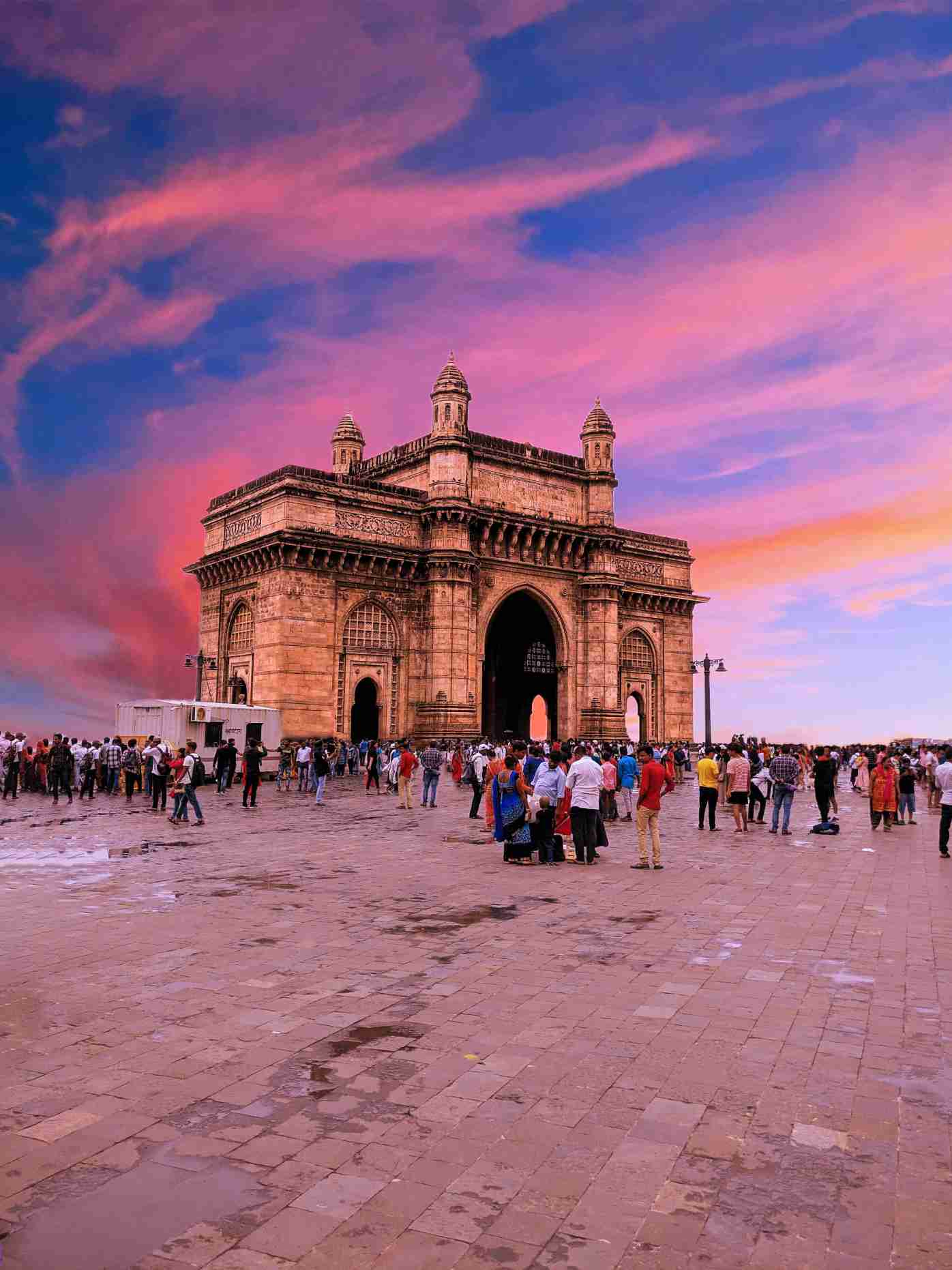The Pink city of Jaipur has an endless list to offer . Whether it is the delectable cuisine or the monuments that remind us of the royalty of the bygone era, Jaipur always holds a special place in the hearts of travellers.
With such historically relevant and significant monuments erected in different parts of Jaipur, Hawa Mahal is a prime attraction which garners the attention of domestic as well as international tourists round the year.
History of Hawa Mahal

Hawa Mahal (The Palace of Winds) was built in the year 1799 by ‘Maharaja Sawai Pratap Singh’ grandson of ‘Maharaja Sawai Jai Singh’ who was the prime founder of the beautiful city of Jaipur.
Designed by ‘Lal Chand Ustad’, the idea behind Hawa Mahal came to Maharaja Sawai Pratap Singh as he got inspired by the unique structure of ‘Khetri Mahal’ that led to building of this grand and historical structure.
The original idea behind the lattice design was to allow royal ladies to observe everyday life and festivals celebrated in the street below without being seen as they had to obey the strict rules of ‘purdah’ which forbid them to appear in public without covering their faces.
This architectural feature also proved to be beneficial in keeping the whole area more pleasant in summers due to the ‘Venturi Effect’.
Did you know?
Many people see the Hawa Mahal from the street and think it is the front of the palace but in reality it is back of the structure.
Interiors of Hawa Mahal
This pyramid shaped monument is a palace which is
five-story that rises to about 50 feet (15 m).
The top three floors present have the width of a single room while the first and second floors have patios in front of them.
As seen from the street, the front elevation looks exactly like a honeycomb with small portholes. Each of these portholes has their own miniature windows and beautifully carved sandstone grills, finials and domes.
The inner face on the back of the structure has chambers built with pillars and corridors with very little ornamentation.
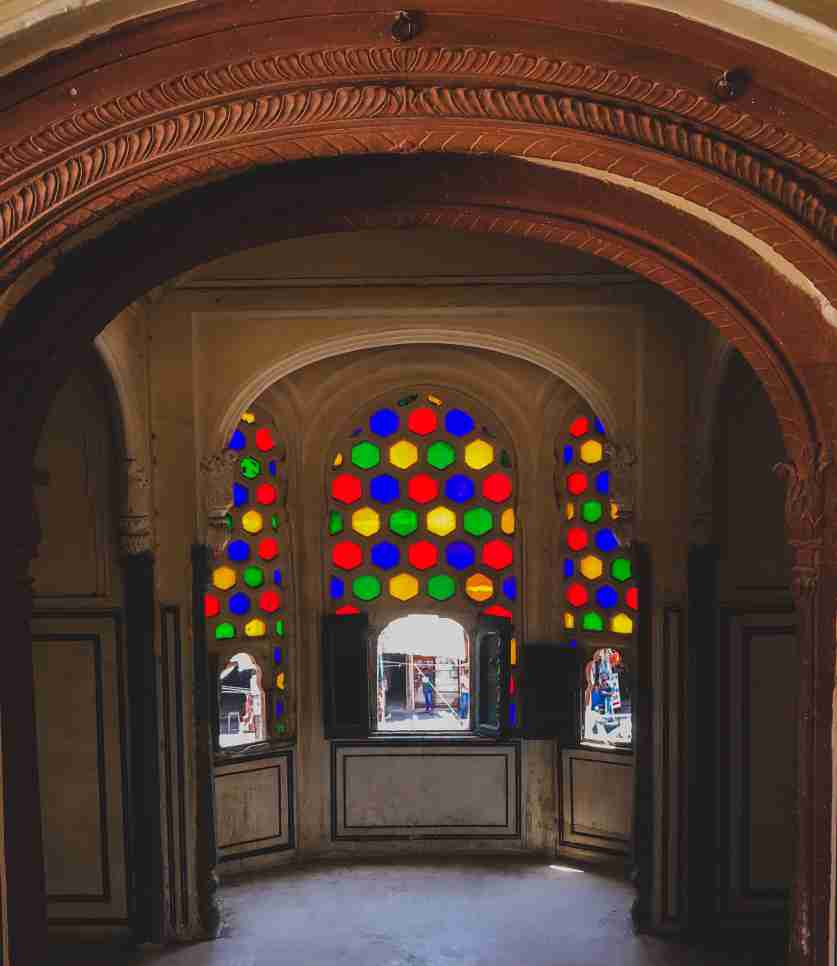
The interiors have rooms with different coloured marbles, relieved by gilding, while fountains give this unique facade a beautiful twist erected in the centre of the courtyard.
Architecture of Hawa Mahal
Built in red and pink sandstone and in keeping with
the decor of the other monuments in the city, its colour itself adds and
justifies the title of ‘Pink City’ given to Jaipur.
The facade depicts 953 niches with delicately and intricately carved ‘jharokas’ (some even made up of wood) which gives the structure a distinctive touch to the plain-looking rear side of the structure.
The strong cultural and architectural presence showcases the reflection of a balanced fusion of Hindu-Rajput architecture and Islamic Mughal architecture.
The domed canopies, fluted pillars, lotus and other
floral patterns show the Rajput architectural style whereas Islamic style is
evident from filigree work and arches.
The top two floors of the Hawa Mahal are accessed only through ramps. The Mahal is maintained now by the archaeological department of the Government of Rajasthan.
Things to do (Hawa Mahal)
Just indulge sinfully in the authentic Rajasthani cuisine and shop till you drop it all by purchasing handicrafts, clothes, bags, footwear, and jewellery and so on.
Other than admiring this architecture marvel and drowning in its beauty completely, you can even explore other interesting places nearby to Hawa Mahal.
You can explore other essential landmarks that adds to the charm and beauty of the pink city of Jaipur –
- City Palace
- Choki Dhani Village
- Jantar Mantar
- Amber Fort
- Jal Mahal
Entry Fee: INR 50 (Indians); INR 200 (Foreigners)
Timings: 09:30 AM – 05:00 PM
How to reach Hawa Mahal?
Distance from Jaipur railway station to Hawa Mahal is 5.2 kms.
You can reach Hawa Mahal in approximately 30 minutes from Jaipur International Airport.
Autos and taxis are easily available from around the city and its services can be availed at any given time.


